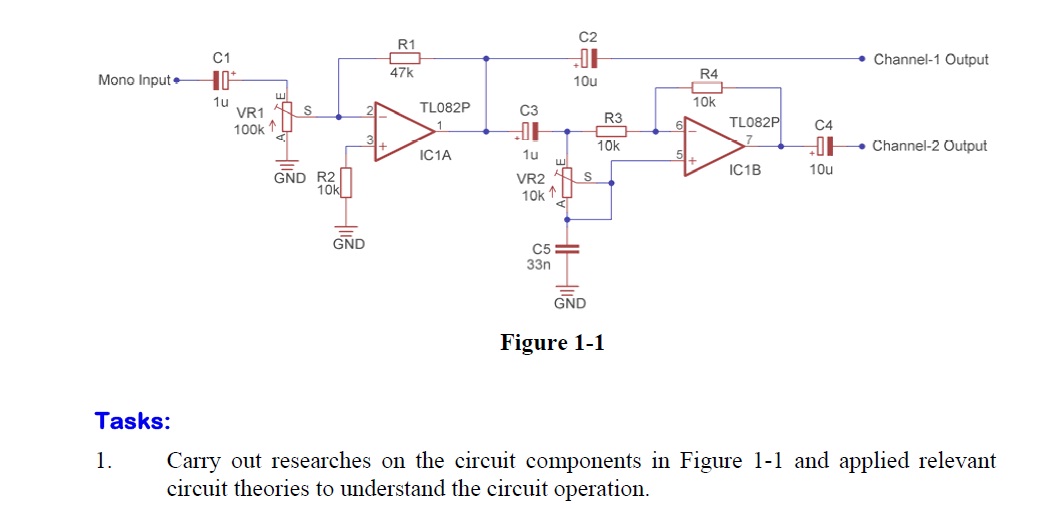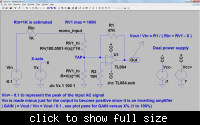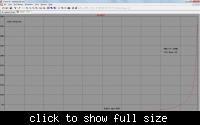No22Ben
Member level 1
My lecturer just gave me a new assignment ... it's about operational amplifier, although he haven't teach us anything about Op-amp, but i wanna ask , what do you understand for the circuit below ??? Just want to know some suggestion, really appreciate your help ~~~ :smile:



